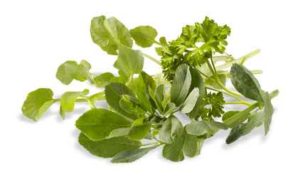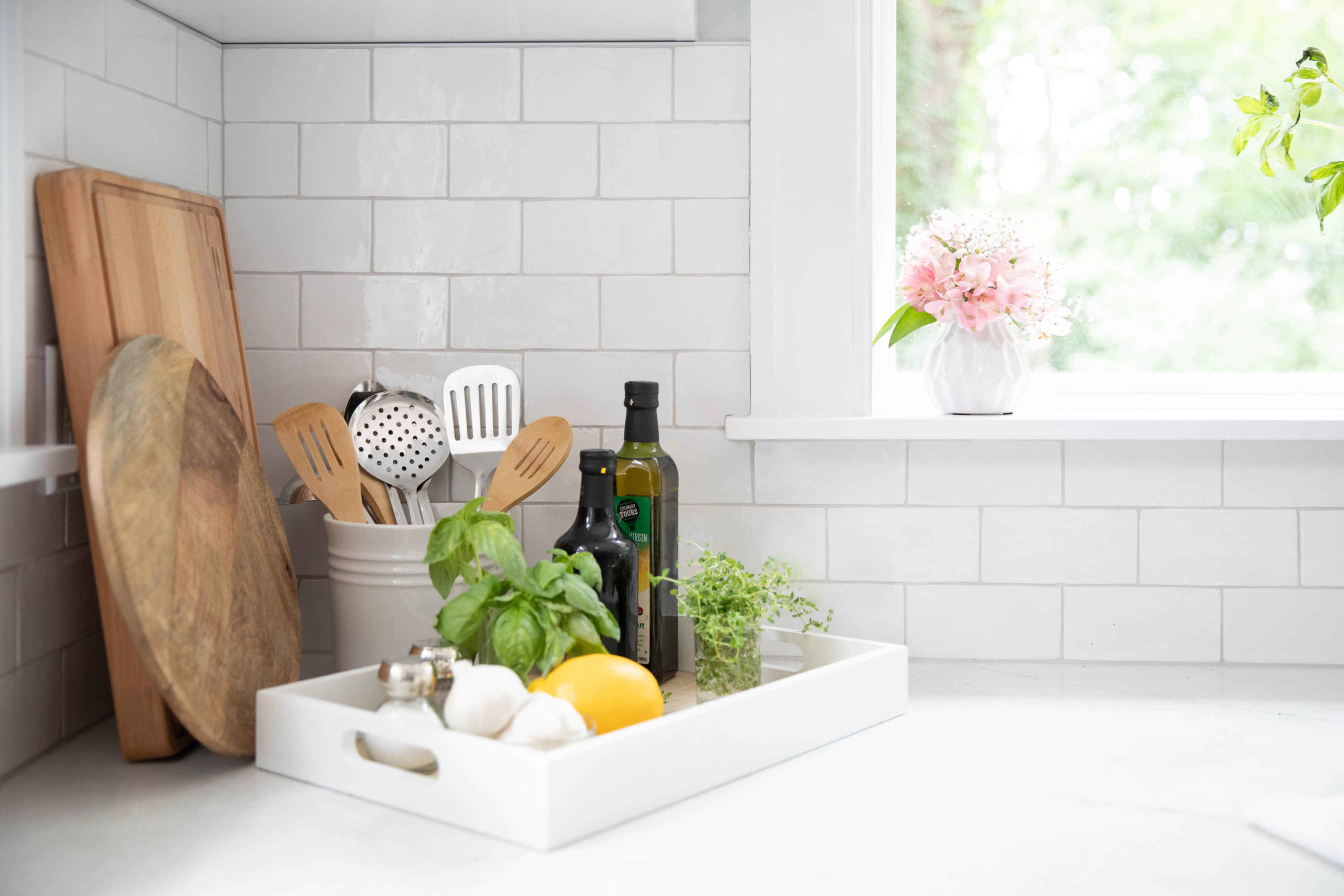Over the last year and a half, I’ve noticed a renewed interest in gardening. It’s helping people cope with the unique circumstances created by the pandemic, occupying their time, while also improving their health. It’s also a great way to appreciate the soil and enjoy the results of our labor.
Some of us seem to be blessed with a green thumb, an expertise for growing lush plants that are the envy of every gardener. Others, maybe not as much. But that doesn’t mean you can’t get your hands dirty and learn how to grow your own fruits and vegetables. Even if you have limited space to do so. Because a backyard garden doesn’t always have to be in the backyard. In fact, you can grow a Nutrilite garden right in your own kitchen.
Much of what we might consider food scraps can be easily regenerated on your windowsill. You can give extended life to vegetables like green onion, celery, avocado, basil, garlic (and many more) by simply cultivating them in water and tending to them regularly.

The resulting greens and fruits that appear can be mixed into a nutritious salad, used in other dishes, or eaten as is. You’ll be getting lots of extra beneficial phytonutrients and antioxidants.
Let’s look more closely at some of these nutritious “microgreens” which are vegetable greens harvested just after the germinating seed leaves have developed.
Garlic microgreens are rich in flavonoids and the phytonutrient allicin, among others. Allicin provides antioxidant properties and can help support cardiovascular health.
Brassicas or cruciferous vegetables like cauliflower, broccoli and watercress make great microgreens, and they are high in vitamin C, fiber, folate and other B vitamins, vitamin K, potassium, calcium, and magnesium. They contain a variety of phytonutrients, including carotenoids and polyphenols.
Vegetables like amaranth, beets, swiss chard and spinach contain betalains, a class of phytonutrients that have antioxidant and anti-inflammatory properties.
Radicchio, carrots, and celery can also be given new life in your kitchen garden. They provide healthy phytonutrients like flavonoids and anthocyanidins.
The bottom line:
A diet rich in colorful vegetables and fruits is the best way to ensure you’re fueling your body with beneficial phytonutrients. Growing your own microgreen garden is a great way to make this habit just a bit easier. Add a daily dose of your favorite phytonutrient-packed Nutrilite product (mine’s Double X) to help fill any nutrient gaps, and you have a recipe for healthy living that’s second to none.
I can’t think of a better time than now to start a kitchen garden. Can you?
Cheers,
P.S. Don’t forget to subscribe to our RSS feed and have blog posts delivered right to your inbox.

